Regulatory Compliance
Regulatory compliance is increasingly influencing the Fluoropolymer Additives Market. Governments worldwide are implementing stringent regulations regarding the use of chemicals in various applications, particularly in food packaging and consumer products. Fluoropolymer additives, known for their safety and non-toxicity, are becoming preferred choices for manufacturers aiming to meet these regulatory standards. The market is expected to grow as companies prioritize compliance with environmental and health regulations, thereby driving the demand for fluoropolymer additives that align with these requirements. In 2025, the emphasis on regulatory compliance is likely to shape product development strategies within the Fluoropolymer Additives Market, fostering innovation and enhancing market competitiveness.
Sustainability Initiatives
The increasing emphasis on sustainability is a pivotal driver for the Fluoropolymer Additives Market. As industries strive to reduce their environmental footprint, the demand for eco-friendly additives is on the rise. Fluoropolymer additives, known for their durability and chemical resistance, are being integrated into various applications, including coatings and sealants, to enhance performance while minimizing waste. In 2025, the market for sustainable additives is projected to grow significantly, with a notable increase in the adoption of fluoropolymer solutions that comply with stringent environmental regulations. This trend not only aligns with corporate social responsibility goals but also meets consumer expectations for greener products, thereby propelling the Fluoropolymer Additives Market forward.
Technological Advancements
Technological advancements play a crucial role in shaping the Fluoropolymer Additives Market. Innovations in manufacturing processes and product formulations are enhancing the performance characteristics of fluoropolymer additives. For instance, advancements in polymerization techniques have led to the development of high-performance additives that exhibit superior thermal stability and chemical resistance. These innovations are particularly relevant in industries such as automotive and electronics, where the demand for high-quality materials is escalating. The market is expected to witness a compound annual growth rate of approximately 5% over the next few years, driven by these technological improvements that enable the production of more efficient and effective fluoropolymer additives.
Rising Demand in Emerging Markets
The rising demand in emerging markets is a significant driver for the Fluoropolymer Additives Market. Countries in Asia-Pacific and Latin America are experiencing rapid industrialization, leading to increased consumption of fluoropolymer additives across various sectors, including construction, automotive, and consumer goods. In 2025, the Asia-Pacific region is anticipated to account for a substantial share of the market, driven by the growing manufacturing base and infrastructure development. This trend indicates a shift in consumption patterns, as emerging economies seek advanced materials to enhance product performance and durability. Consequently, the Fluoropolymer Additives Market is likely to expand as manufacturers cater to the evolving needs of these markets.
Growing Applications in Diverse Industries
The growing applications of fluoropolymer additives across diverse industries serve as a vital driver for the Fluoropolymer Additives Market. These additives are utilized in a wide range of applications, including coatings, adhesives, and sealants, due to their unique properties such as low friction and high chemical resistance. The automotive and aerospace sectors, in particular, are increasingly adopting fluoropolymer additives to improve the performance and longevity of components. As industries continue to explore new applications and formulations, the market is projected to expand, with an estimated growth rate of 4% annually. This trend underscores the versatility of fluoropolymer additives and their critical role in enhancing product performance across various sectors.
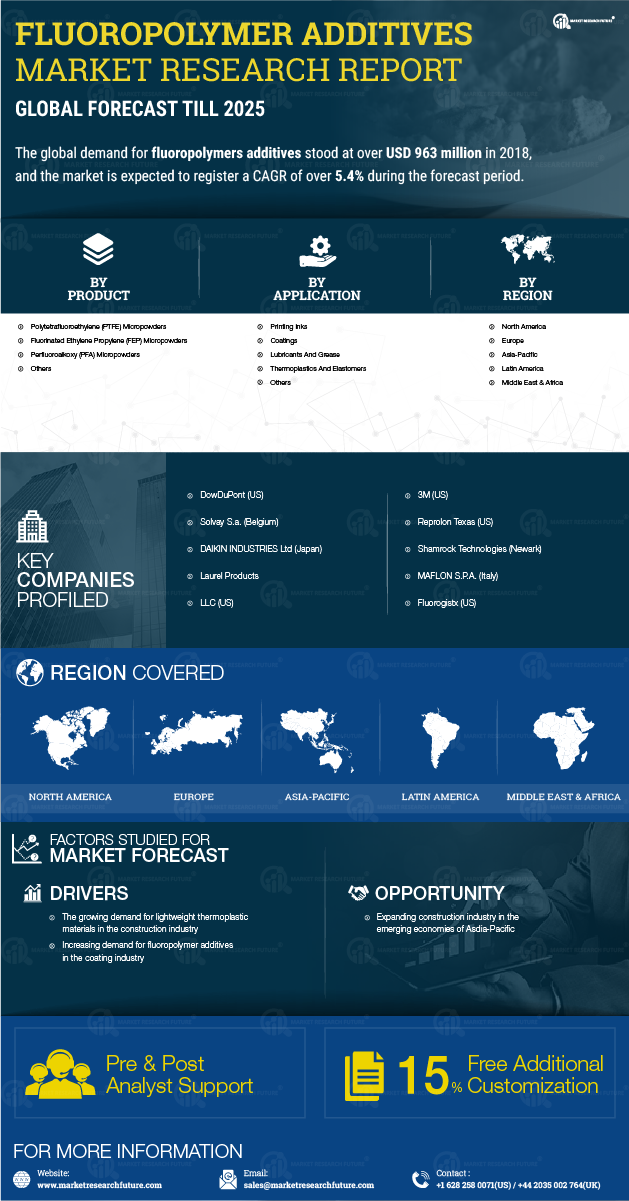

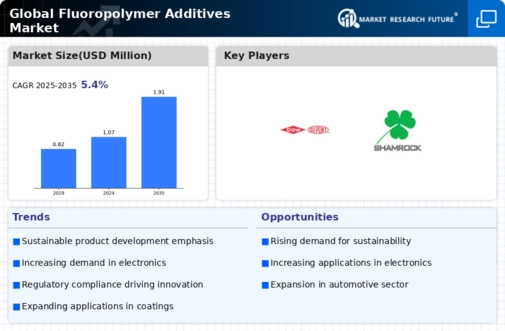

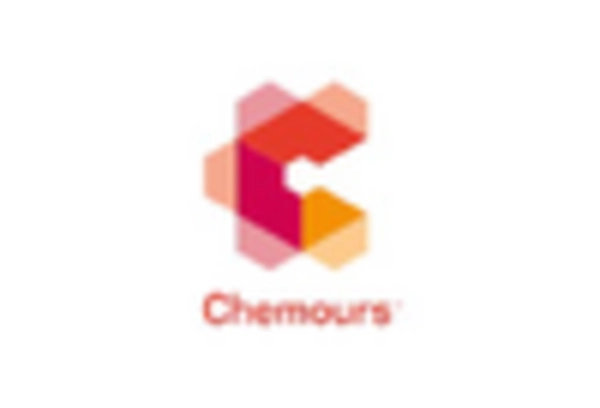
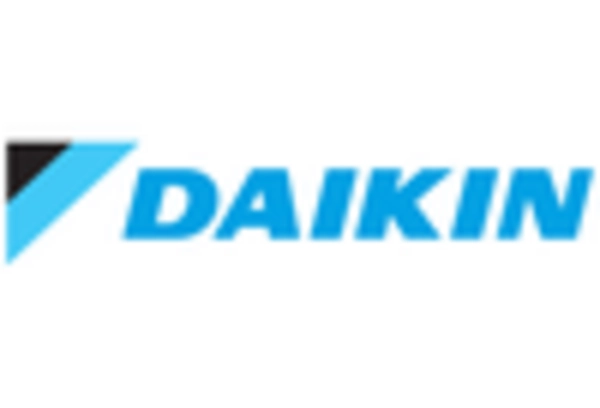

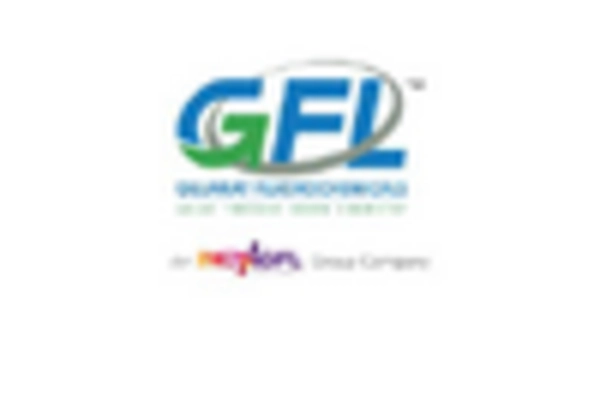
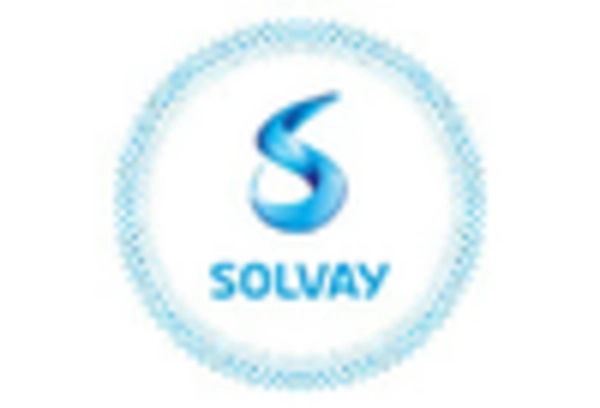








Leave a Comment